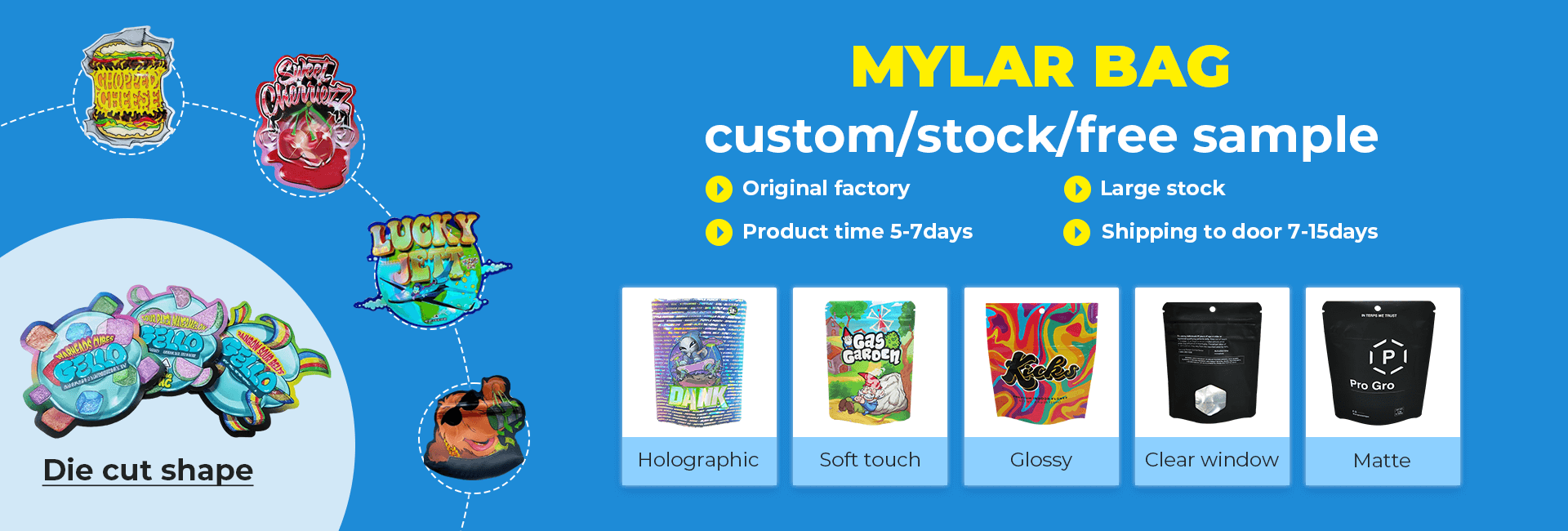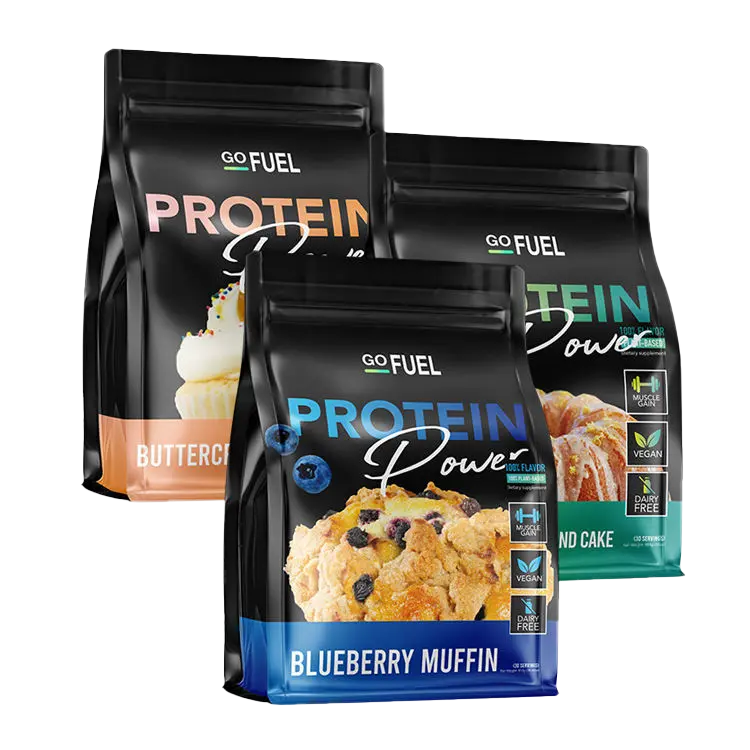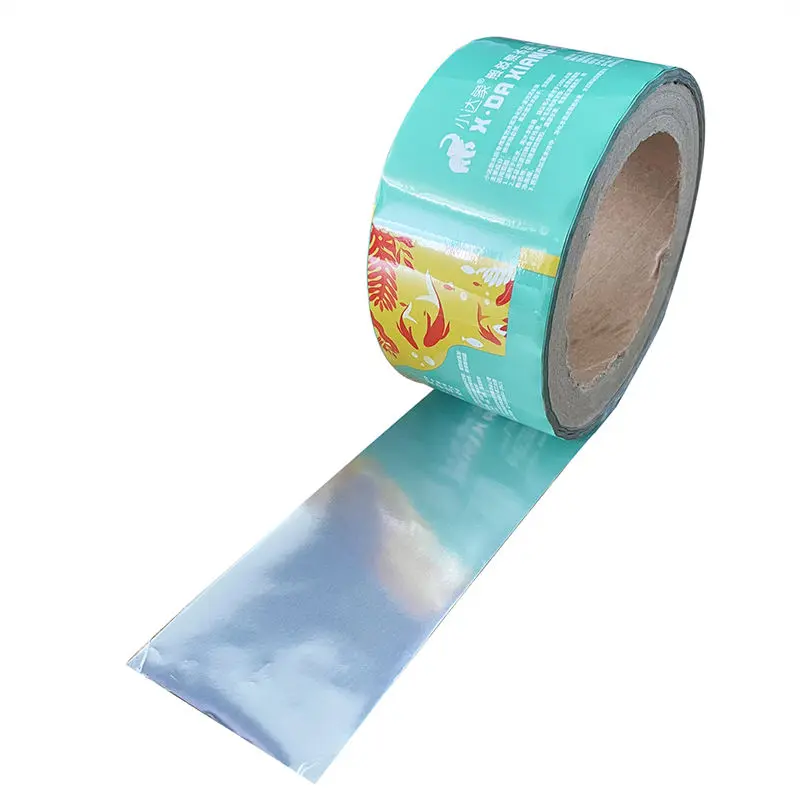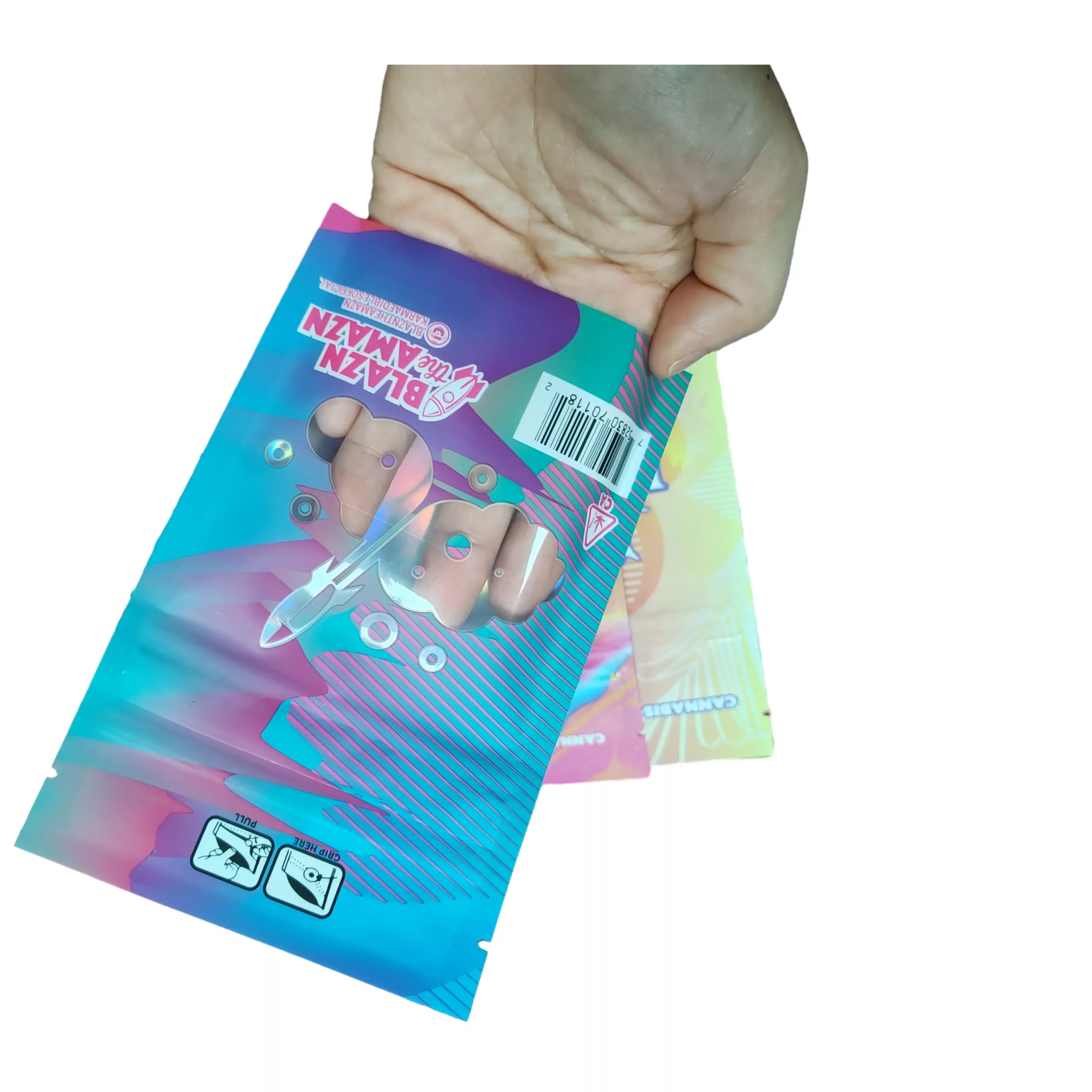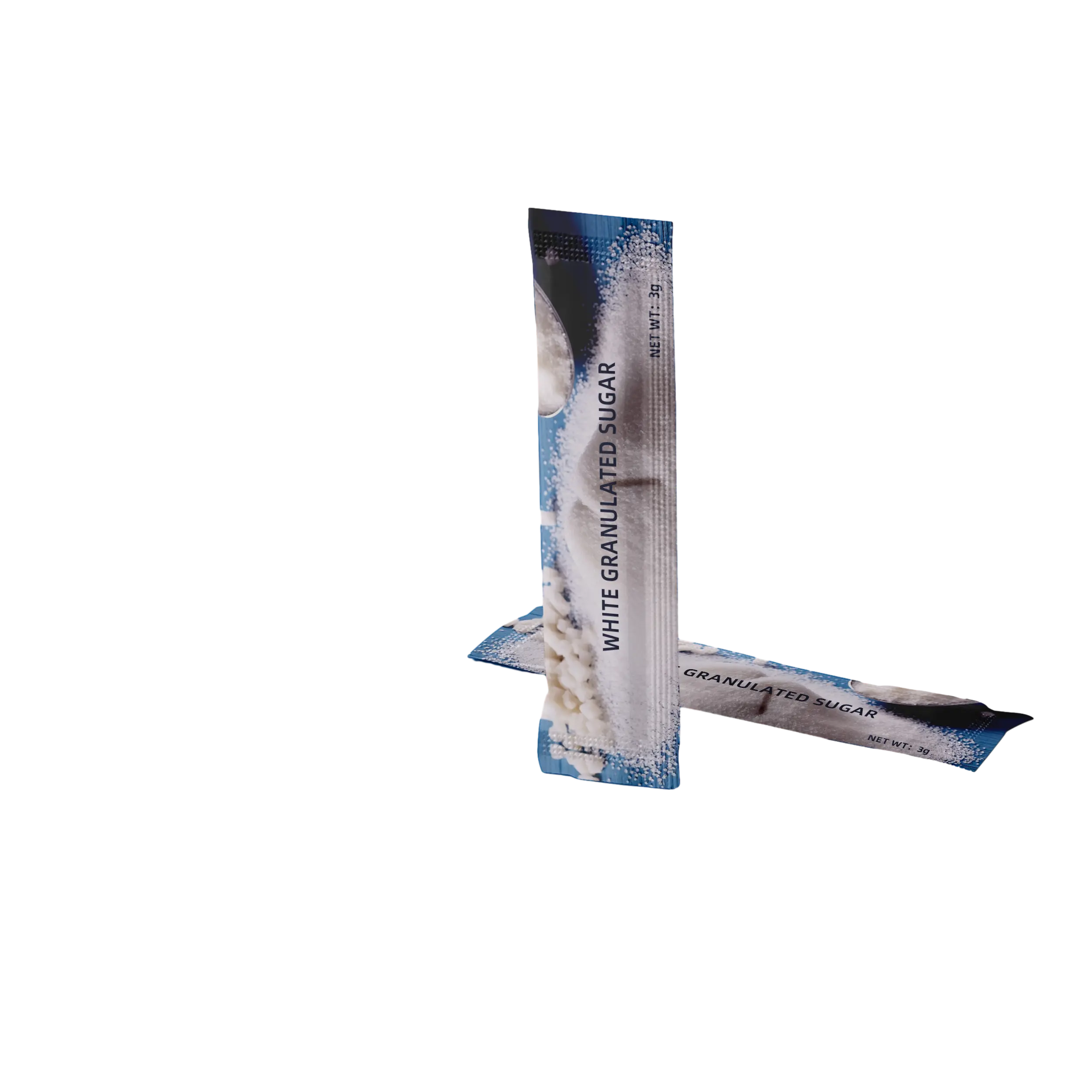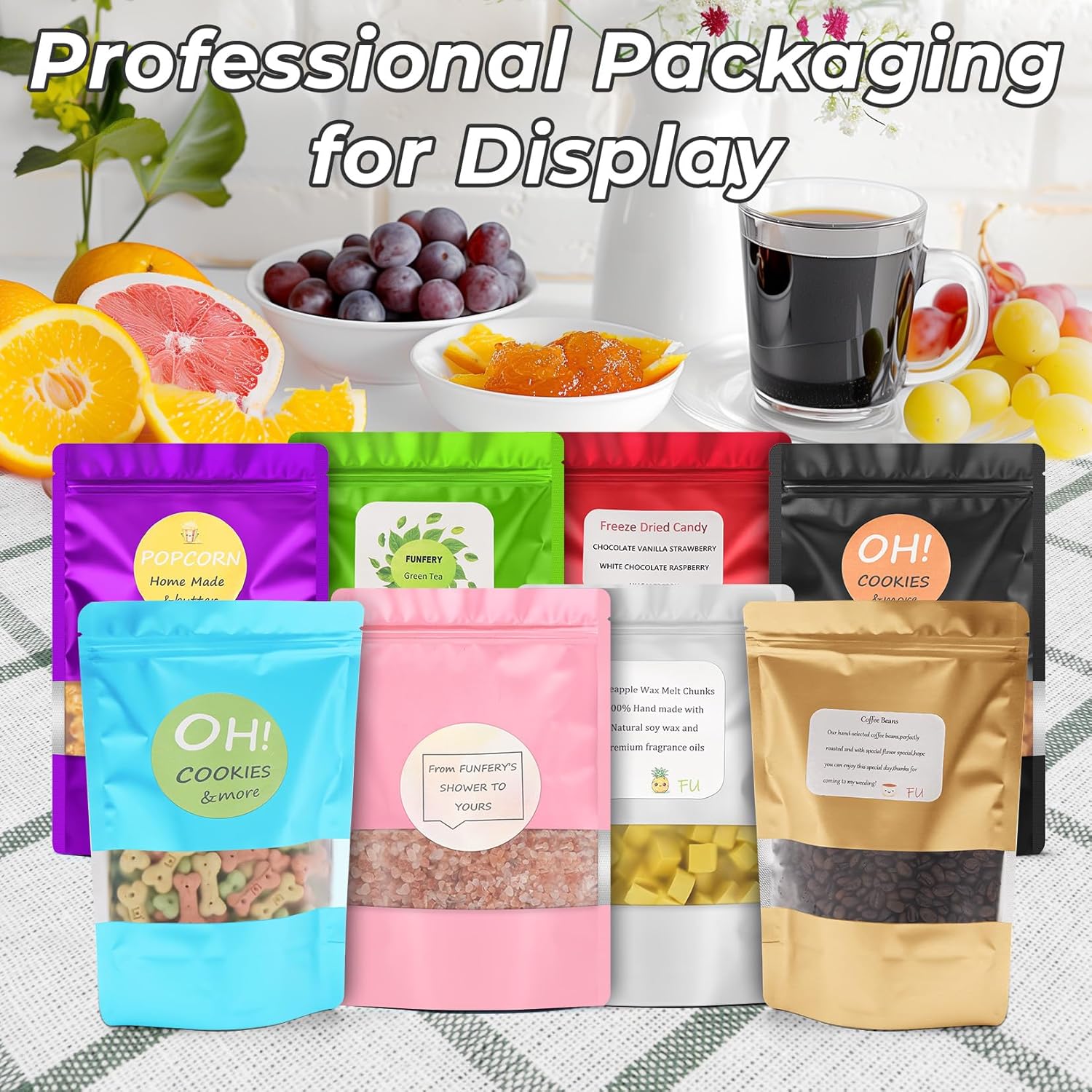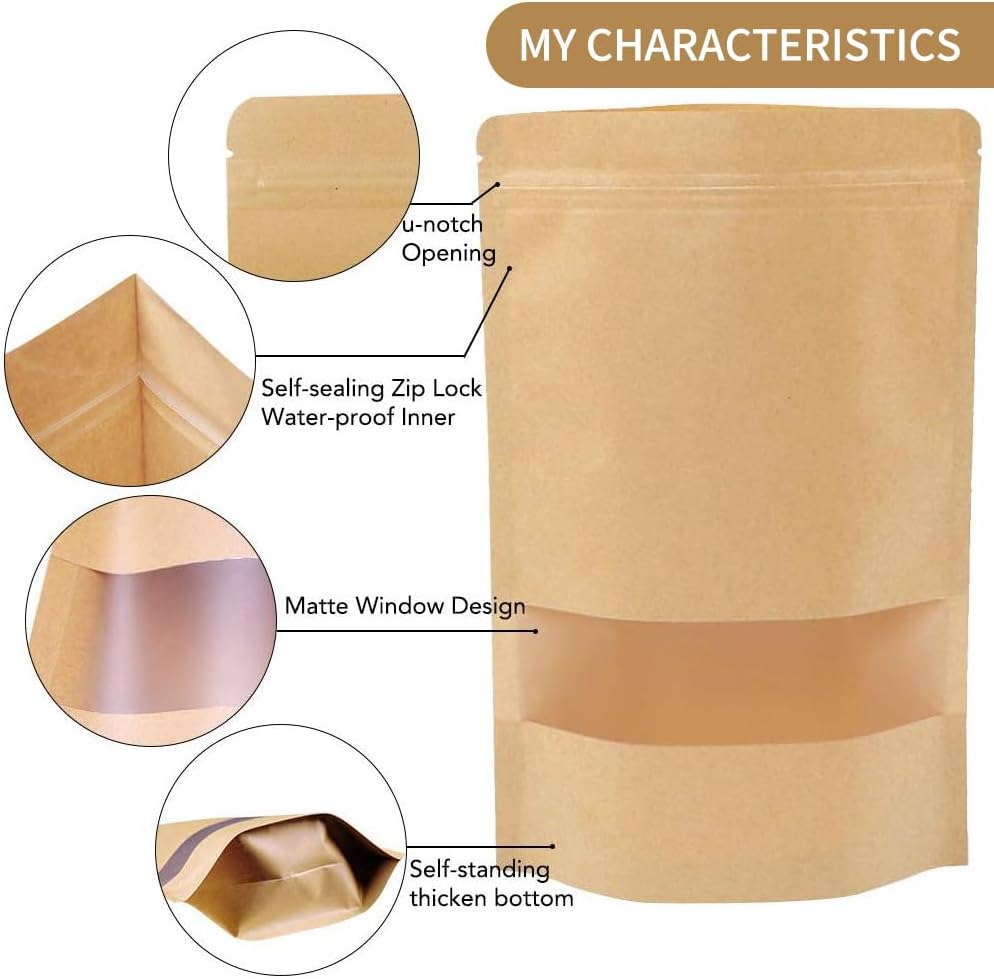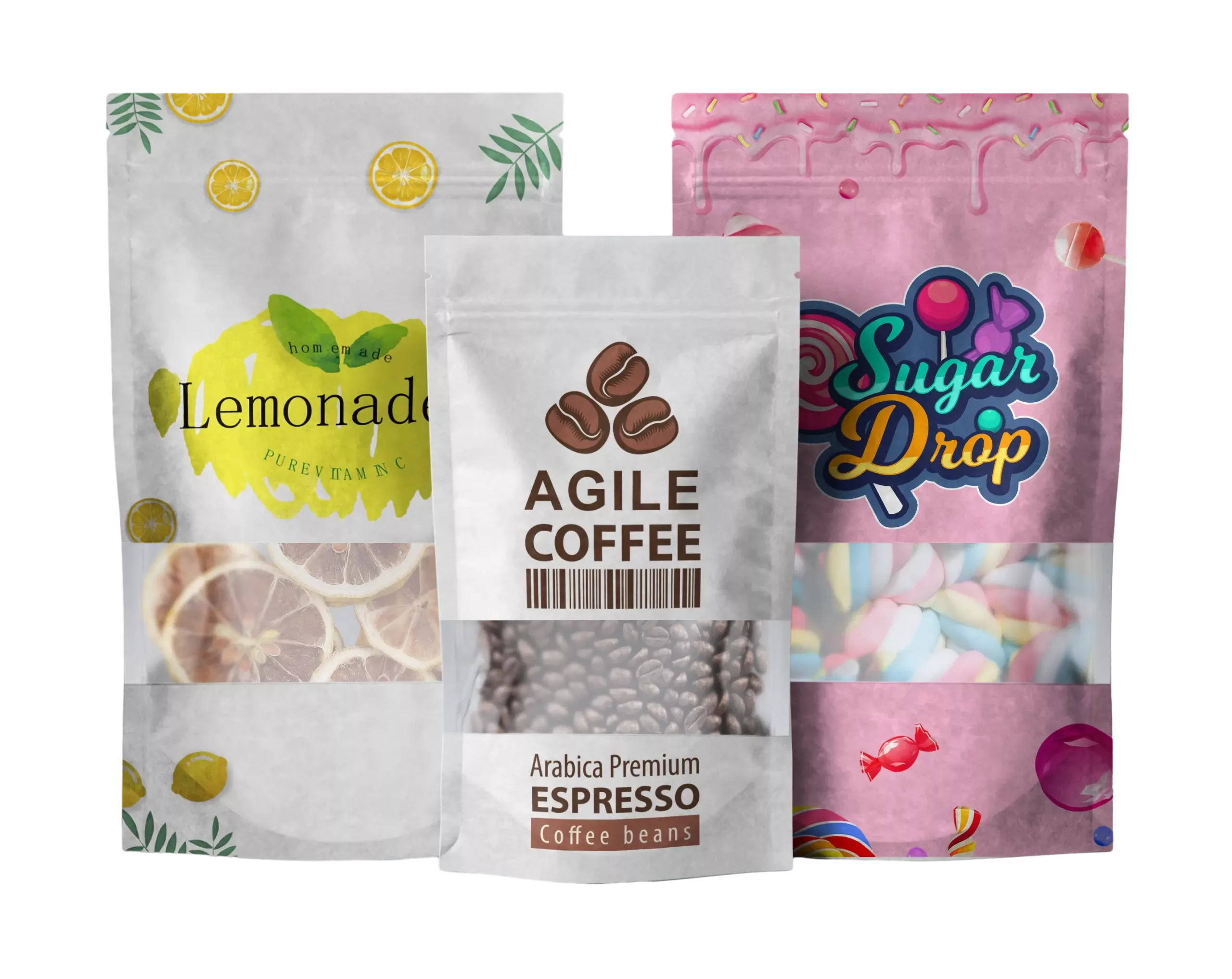Do Mylar Bags Repel Pests?
Mylar bags are highly effective at keeping pests like insects, mice, and pantry moths out of stored goods. Their construction—metalized polyester, the fusion of a hard plastic coating and aluminum—creates a robust barrier that bugs can’t chew, penetrate or bite through. Unlike paper bags or thin plastic, easily penetrated by pests, Mylar’s hardness keeps intruders from getting to items like grains, nuts, or dried fruits, and thus it is a good choice for pest-infested areas.
This protection depends on good sealing. A secure closure—achieved with heat or vacuum sealing—leaves no crevices for insects to enter. When the seal is broken or the bag punctured, insects can enter, especially under wet conditions that attract them. Keeping the bag intact in its original shape and sealed tightly guarantees Mylar realizes its pest-deterrent potential, safeguarding your inventory from contamination or loss.
How to Seal Mylar Bags Properly?
Sealing Mylar bags properly is critical to their functionality, and the process is easy with the correct method. Here’s how it’s done:
Step 1: Prep the Bag
Pack with dry merchandise—with 2–3 inches of space left at the top—and make sure the contents are dry to prevent spoilage.
Step 2: Choose a Method
Use a heat sealer for an irreversible seal or a vacuum sealer to pump out air first. A flat iron on medium-high heat is also effective if no sealer is available.
Step 3: Top Seal
Pass the sealer across the bag top for 3–5 seconds (or 5–10 using an iron) until edges stick together into a seamless line. For vacuum sealing, utilize the machine cycle.
Step 4: Check the Seal
Squeeze the bag gently—there is to be no air leakage. If there is, reseal the damaged part.
This method prevents air, moisture, and insects, making food like rice or spices stay fresh for decades. Constant use provides a consistent, tight seal every time.
Can Mylar Bags Survive Heat?
Mylar bags withstand moderate heat without problem but also possess a breaking point. Their metalized polyester material with the polyethylene terephthalate (PET) plastic does not melt or change shape from heat to about 200°F, and their aluminum content does offer extra heat resistance. This works well for them in hot temperatures of hot climes or brief exposure near heat sources, e.g., an overheated car trunk, without giving up protective value.
Extreme heat, though, is a risk. Above 200°F—in the vicinity of a stove or in direct sun for hours—the plastic can get soft or deteriorate, damaging the integrity of the bag. The aluminum will reflect some of the heat, but not a sufficient amount to protect against hot conditions. Store Mylar bags below 80°F to keep stress off of the material so that they continue to be sturdy over time without compromising the seal or contents.
Tips for Getting the Most from Mylar Bags
These Mylar bag practices increase effectiveness:
-
Seal Tightly: Double-check tightness to eliminate air and insects—press-test every time.
-
Store Cool: Store bags in a cool, dry location below 80°F to preserve material strength.
-
Check Periodically: Inspect for holes or sealing issues, especially for long-term storage.
-
Fill Dry Contents: Avoid wet contents to preserve pest and moisture protection.
Following these procedures, Mylar bags continue to be effective for their intended use.
What Makes Mylar Bags Unique?
Mylar bags are characterized by their sturdy, layered build. Metalized coating is better than bare plastic in that it excludes air, light, and insects, ideal for long-term storage of dry goods. Its durability is suitable for anything from kitchen supplies to emergency supplies, and its selection of sizes—from small containers to large units—suits varying needs. Properly sealed, they offer a protection that cannot be found with any other material.
They’re not bulletproof, though. Excess heat above their threshold or faulty sealing can negate their advantage, and they’re not designed for wet storage. Used on dry goods in cold environments, however, Mylar bags are a top choice.
Daily Applications and Most Important Points
Mylar bags are put to use for many purposes. They’re great for staples in the pantry, like oats, dried herbs, or snacks, keeping them bug-free and preventing spoilage. In survival packs, they protect rations or gear from bugs and abrasion. Non-edible uses—like seeds or tools—benefit from their durability, too. But not for liquids or high-heat uses, where something else will be a better fit.
Care is most important. They can be pierced by sharp objects, and hot sources can test their endurance if seals are broken. Pairing them with dry groceries, tight seals, and a cool place guarantees their value.
Quick Answers to Your Mylar Bag Questions
-
Do Mylar bags repel pests?
Yes, when sealed airtight. The metalized polyester prevents pests from penetrating. -
How to seal Mylar bags?
Use heat or vacuum sealing—test for no leaks for best results. -
Can Mylar bags survive heat?
They can handle up to 200°F but should be kept below 80°F for long-term storage.
Strong, pest-free, and reliable, they’re perfect for dry storage—just close and leave them straight.


